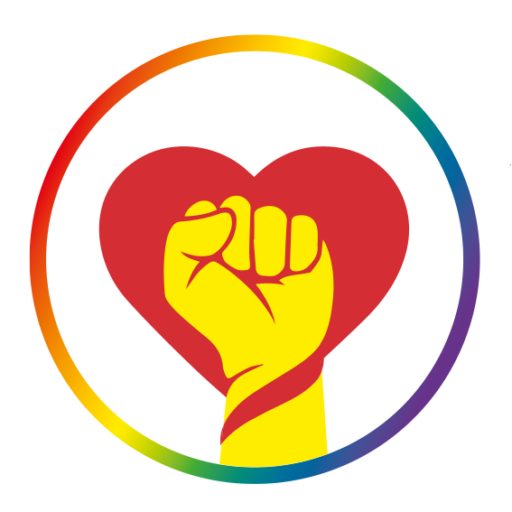Classifying Values
It is always useful to see how the values that your campaign has identified as being good frames situate themselves within broader society. While changing social norms is beyond the scope of a single campaign, your campaign might aim to help get the value that you promote to the “next level”. In any case, the classification of values can help you reflect on how you want to frame your campaign objective.
Dominant values, are the ones held by a majority of people. To be really dominant, this should be a large majority.
Prevailing values are also held by a majority, but either not such a strong one, or the prevailing of the value shifts or the value is fragile. This is the case for example of the acceptance of foreigners in some societies: when surveyed, people might predominantly say they are accepting towards foreigners. But this can shift dramatically if there is an incident involving foreigners.
Traditional social values are those that a majority of people have believed over a long period of time. They may be dominant values or they may have declined in importance over time. This distinction is very important to have in mind, as traditional values are NOT always dominant, in contrary of what conservative movements pretend.
Emerging social values are those that develop as a result of the failure or inadequacy of traditional or dominant social values because of the emergence of new ideas.
Alternative social values are those which are held in contrast to dominant or traditional values. Alternative social values may in time develop greater support and emerge as new dominant values or they may remain as an alternative, held by a smaller sector of society. Traditional values may, over time, diminish in support sufficiently to be considered alternative
Oppositional social values are those values held by a small group in society which are in opposition to those held by the majority of society
